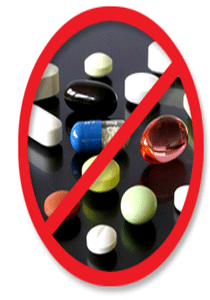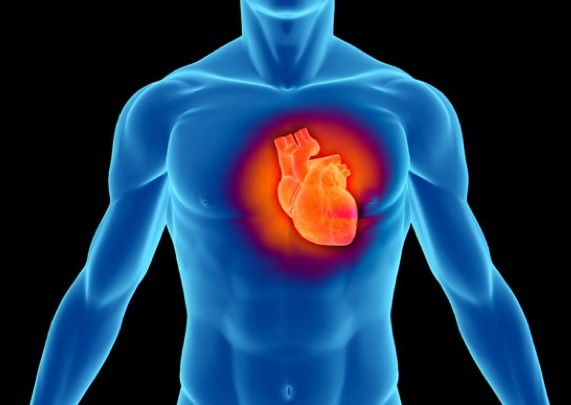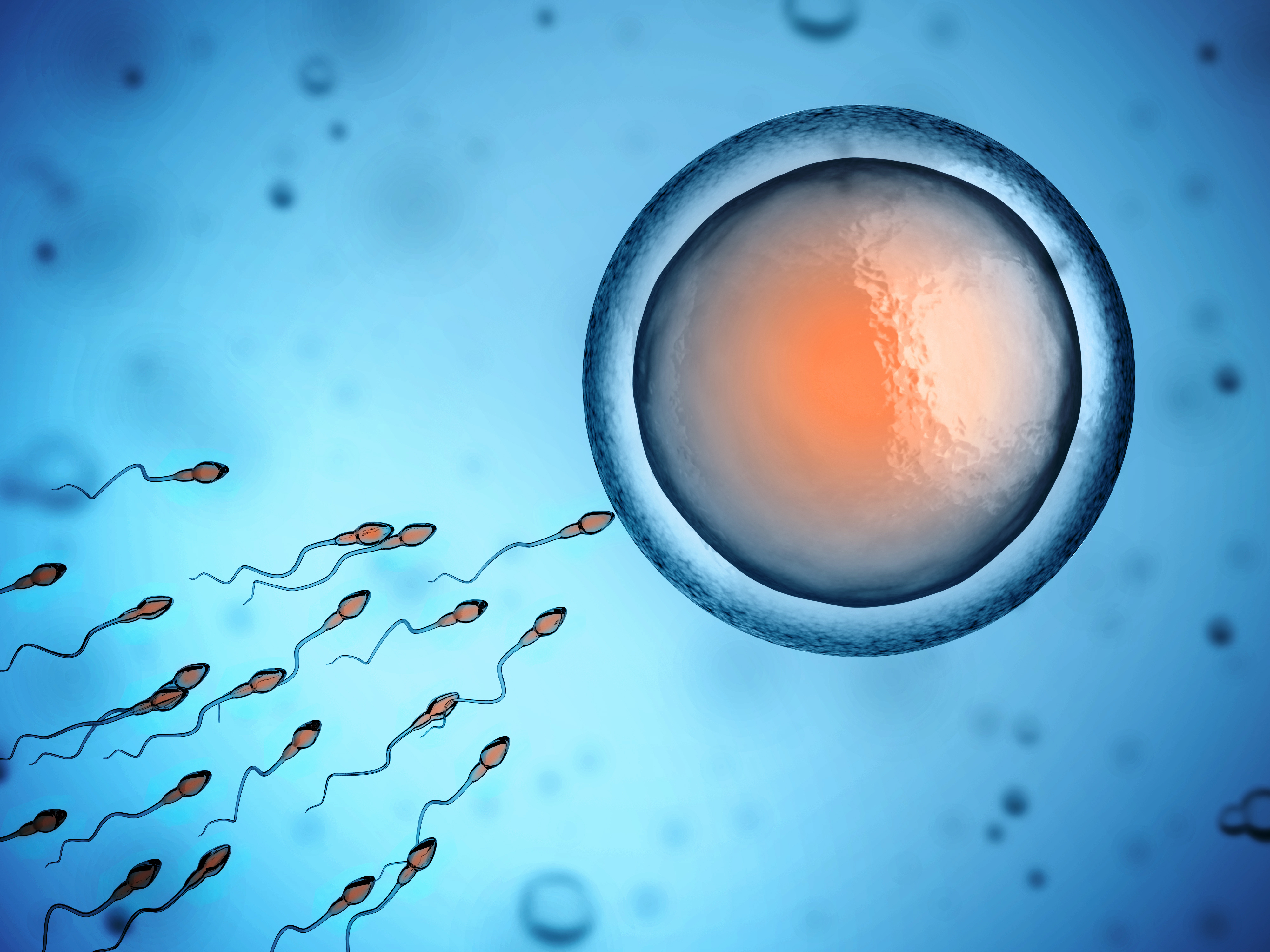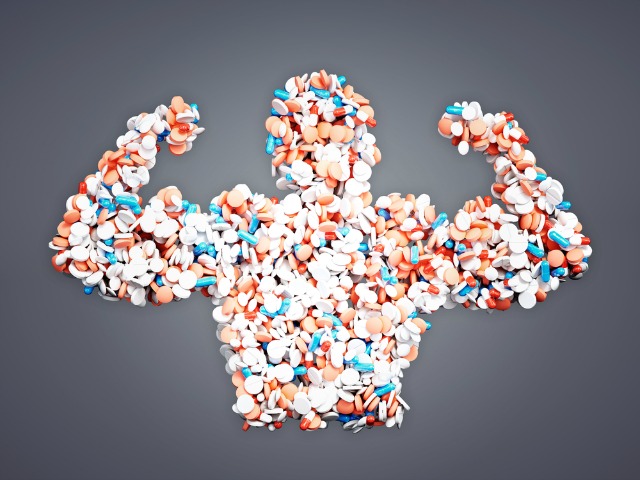1. An inhibition of the body’s natural hormones. This is one of the most prevalent side effects that occurs purely as a response to the body’s natural regulating mechanism, i.e. homeostasis. As soon as you introduce a hormone into the body, the signal that the body gets reads that it should cease the production of the natural hormone since the quantities are already enough. This inhibition occurs each time that the user introduces testosterone or indeed any other hormone into the body.
The body responds by signaling the testicles to withhold the production of natural testosterone, either partially or totally. The inhibition lasts for as long as the body can detect the presence of the artificial hormones. The more seasoned athletes and bodybuilders have realized that this is the price that they have to pay, and as such they have learned to make use of other compounds that act by limiting these effects. Such include the HCG (human chorionic gonadotrophin) and other like chemical preparations. These are included in the steroid cocktail cycle.
2. Liver damage as a result of steroid use. There has been much hype about the harmful effects that are vented on the liver. Much of this information is no more than sensationalized details about the real facts. The fact is that most of the steroids that are orally administered into the body are passed through the liver and in the process they are broken down into smaller complexes that are filtered in the liver. In the process the liver has to produce various enzymes that help in this procedure.
This is where most people get it wrong. The production of these enzymes does not directly imply that the liver is being damaged. This is the protocol that the liver uses each time a substance is introduced into the body. As the body’s chief filtration organ the liver will always do so. While liver damage is indeed existent, the bodybuilder needs to know that this will occur in the event that the body is being exposed to extreme dosages. In most cases, the liver’s normal functions are restored once the foreign substances are fully eliminated. Note that this is the case when only the recommended amounts of steroids have been ingested.
3. Steroid effects on the blood’s lipid profile (cholesterol). Some steroids are capable of increasing the levels of LDL (low density lipoprotein)which is the ‘bad’ type of cholesterol and doing the vice versa for the healthy cholesterol i.e. HDLs. The LDLs are the types of cholesterol that harm the hearts’ arteries and increase the incidence of heart disease and complications. A point to note is that the normal conditions can be reverted to once the intake of the said steroids is stopped.
Generally speaking though, these substances normally come with a package of unwanted characteristics and before one indulges into their use an informed decision will come in handy.




